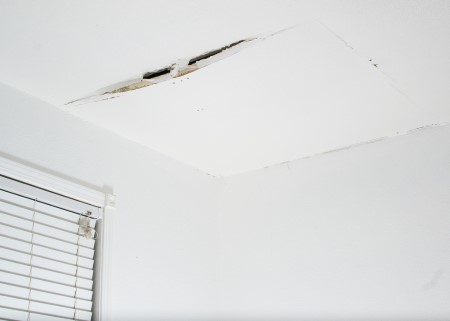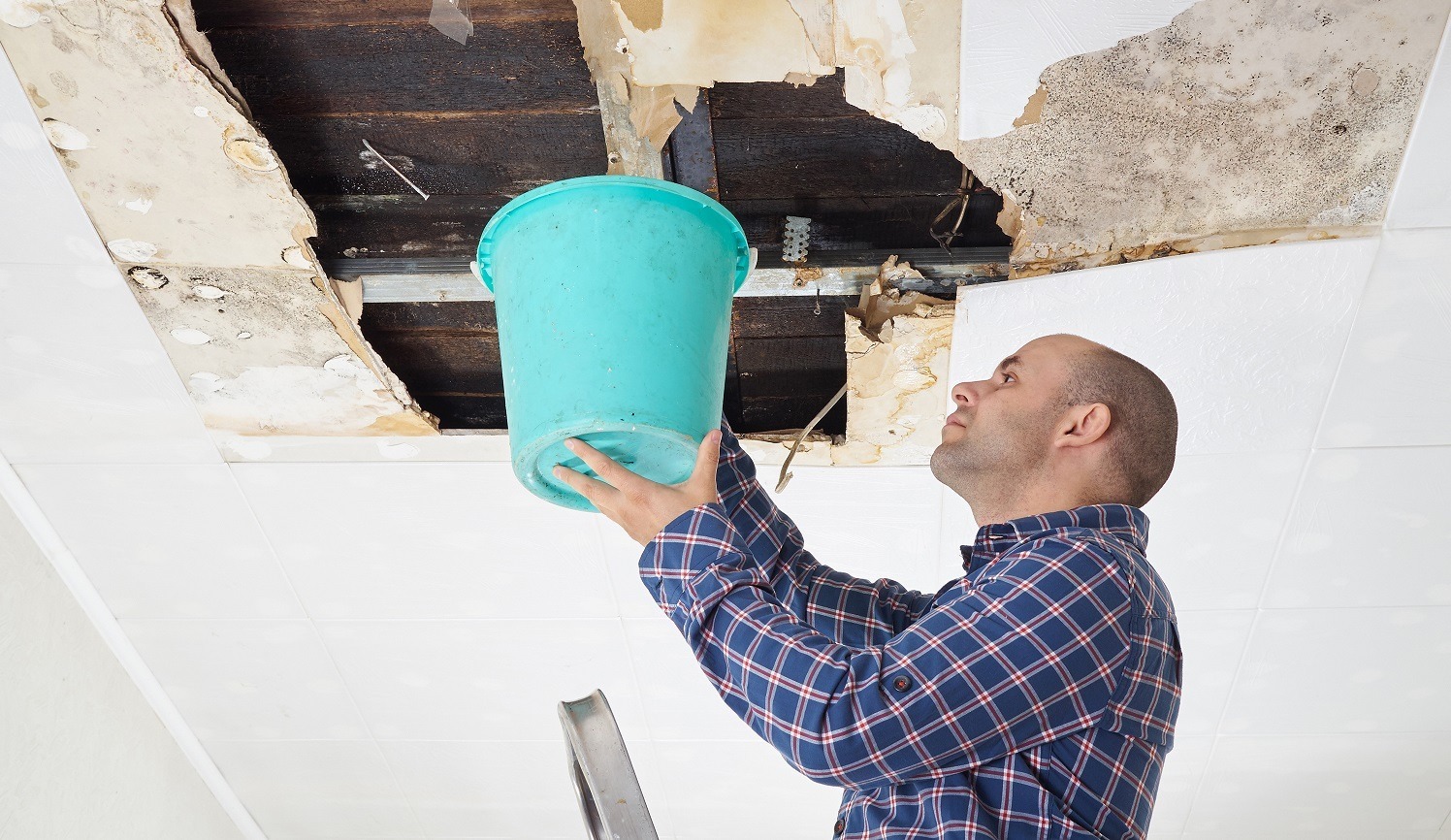6 Water Damage Restoration Do's and Don'ts.
6 Water Damage Restoration Do's and Don'ts.
Blog Article
We've stumbled on this great article involving Fire And Water Damage Prevention listed below on the net and thought it made good sense to write about it with you in this article.

Water offers life, however water intrusion on some parts where it's not meant to be can result in damages and inconvenience. In addition, houses with water damages odor old and stuffy.
Water can come from lots of resources like hurricanes, floodings, burst pipelines, leaks, and also drain concerns. If you have water damages, it's far better to have a working knowledge of safety and security precautions. Right here are a couple of guidelines on just how to handle water damages.
Do Prioritize Home Insurance Protection
Seasonal water damage can come from floodings, seasonal rains, and also wind. There is additionally an event of an unexpected flooding, whether it originated from a malfunctioning pipeline that instantly ruptures right into your home. To secure your home, get home insurance that covers both disasters such as all-natural disasters, and emergency situations like damaged plumbing.
Don't Forget to Switch Off Energies
When disaster strikes and also you're in a flood-prone location, shut off the major electrical circuit. Turning off the power stops
electrical shocks when water can be found in as water functions as a conductor. Do not fail to remember to turn off the major water line valve as a way to avoid more damages.
If the floodwaters are getting high, maintain your furnishings stable as they can walk around as well as cause extra damage.
Do Stay Proactive as well as Heed Climate Alerts
If you live in a location pestered by floods, remain prepared and also positive at all times. Pay attention to the news and also evacuation cautions if you live near a body of water like a river, creek, or lake .
Don't Ignore the Roof
Your roofing contractor should take treatment of the defective gutters or any kind of other indicators of damages or weakening. An examination will protect against water from moving down your walls and soaking your ceiling.
Do Take Note Of Tiny Leaks
A ruptured pipe does not happen in a vacuum cleaner or over night. There are warnings that can attract your interest and suggest to you some weakened pipes in your house. Indicators of warnings in your pipelines consist of bubbling paint, peeling wallpaper, water streaks, water discolorations, or trickling noises behind the wall surfaces. There are indications that the pipe will break. If you see these indicators, do not wait on an acceleration. Repair work and evaluate your plumbing repaired before it causes enormous damage to your residence, financial resources, and an individual nightmare.
Do Not Panic in Case of a Burst Pipeline
Timing is vital when it comes to water damages. If a pipeline bursts in your house, right away shut off your primary water valve to reduce off the resource and also stop more damage. Call a credible water damage restoration expert for assistance.
Water gives life, yet water breach on some parts where it's not supposed to be can result in damages and inconvenience. In enhancement, homes with water damages smell mildewy and old.
Seasonal water damages can come from floodings, seasonal rains, and also wind. Indicators of red flags in your pipelines include bubbling paint, peeling wallpaper, water touches, water discolorations, or trickling audios behind the walls. If a pipe ruptureds in your house, right away shut off your major water shutoff to cut off the resource as well as prevent even more damage.
Some Do's & Don't When Dealing with a Water Damage
DO:
Make sure the water source has been eliminated. Contact a plumber if needed. Turn off circuit breakers supplying electricity to wet areas and unplug any electronics that are on wet carpet or surfaces Remove small furniture items Remove as much excess water as possible by mopping or blotting; Use WHITE towels to blot wet carpeting Wipe water from wooden furniture after removing anything on it Remove and prop up wet upholstery cushions for even drying (check for any bleeding) Pin up curtains or furniture skirts if needed Place aluminum foil, saucers or wood blocks between furniture legs and wet carpet Turn on air conditioning for maximum drying in winter and open windows in the summer Open any drawers and cabinets affected for complete drying but do not force them open Remove any valuable art objects or paintings to a safe, dry place Open any suitcases or luggage that may have been affected to dry, preferably in sunlight Hang any fur or leather goods to dry at room temperature Punch small holes in sagging ceilings to relieve trapped water (don't forget to place pans beneath!); however, if the ceiling is sagging extremely low, stay out of the room and we'll take care of it DO NOT:
Leave wet fabrics in place; dry them as soon as possible Leave books, magazines or any other colored items on wet carpets or floor Use your household vacuum to remove water Use TV's or other electronics/appliances while standing on wet carpets or floors; especially not on wet concrete floors Turn on ceiling fixtures if the ceiling is wet Turn your heat up, unless instructed otherwise

As a serious person who reads about What You Can Do At Home To Prevent Fire And Water Damage, I thought sharing that piece of content was a great idea. Sharing is nice. You just don't know, you could be doing someone a favor. I take joy in reading our article about Ways to Reduce The Risk Of Fire And Water Damage.
Report this page